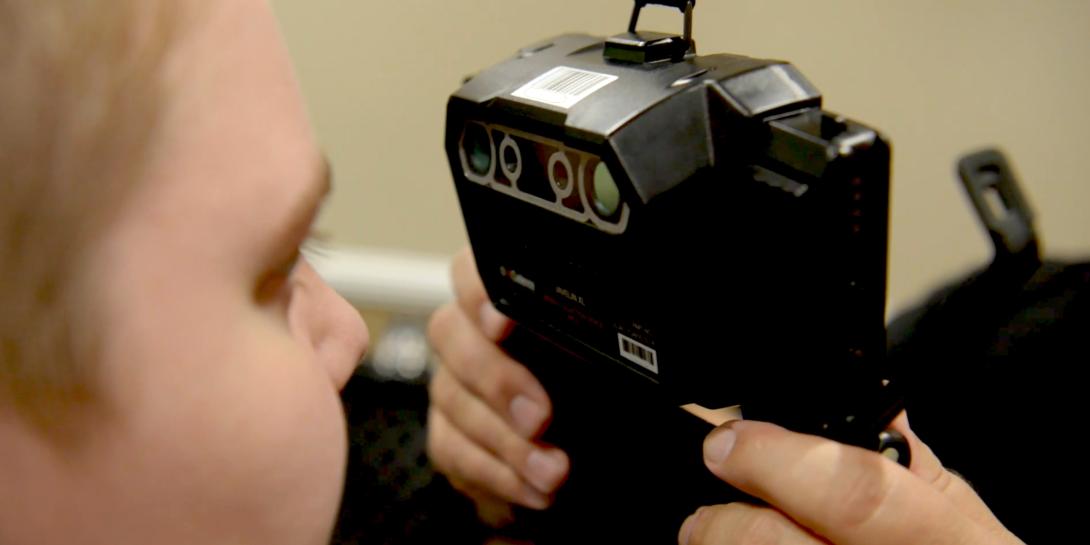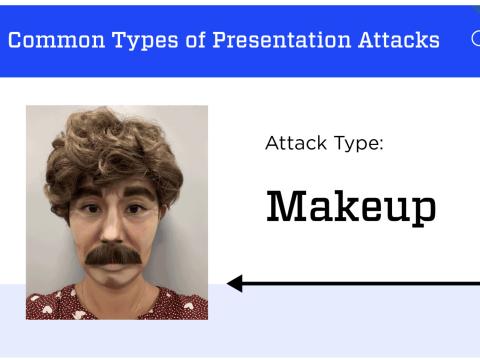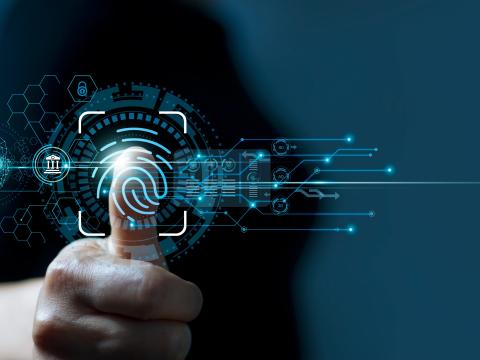FBI Expands Next Generation Identification System with Iris, Palm Prints
The FBI has been running a full-scale iris-print ID service as part of its Next Generation Identification, or NGI, system for almost a year now.
The FBI has been running a full-scale iris-print ID service as part of its Next Generation Identification, or NGI, system for almost a year now, Douglas Sprouse, a management and program analyst with the bureau’s Biometric Services Section told the 2021 Federal Identity Forum and Expo Monday.
The NGI Iris Service, or NGI-IS, began Sept 29, 2020 with 1.8 million iris images collected by 16 state and federal partner agencies across the country during a multi-year pilot launched in 2013. Now, Sprouse told the opening session of Fed ID’s virtual proceedings, the FBI routinely receives iris prints from four states, and others are gearing up to participate.
Other speakers at the session detailed the addition of palm prints to the NGI system, and discussed the so-called Rap Back service—alerting subscribing state and federal agencies about any new derogatory information on individuals whose fingerprints have been submitted as part of a background-check process or because they're under investigation, on parole or involved with the criminal justice system in some other way.
The iris, the colored part of the eye that surrounds the pupil, is composed of a unique pattern of ridges and folds specific to an individual. Iris prints are a supplement to, rather than a replacement for, the traditional fingerprint identity services the FBI provides through NGI. Indeed, to qualify for enrollment in the NGI database, iris prints must be linked to a traditional 10-print fingerprint set, Sprouse said.
Use cases for iris print identification currently center on correctional bureaus, courts and supervised release agencies like parole services. Importantly, given the tailing but still extant pandemic Sprouse noted, iris printing allows a prisoner to be identified without requiring officials to touch the subject at all. The service had already proved its worth on “multiple occasions,” he said, when a previously unenrolled subject was enrolled prior to being released, and a search was conducted for possible matches. The correctional institution “received the NCIC [National Crime Information Center] wants and warrants information back … [showing] that the person that they were getting ready to release to the public actually was wanted in a different jurisdiction.”
In addition to wants and warrants, two other databases within the NCIC are searched for matches, Sprouse explained—the sex offender registry and the immigration violators file. “If there's a hit [if the iris print matches one already on file] those NCIC files will be cross referenced. And if there's any kind of information to be supplied back, then we will supply that information back” to the enrolling agency.
To submit iris print images to the NGI, Sprouse said, participating agencies need special digital image capture equipment called “a near infrared image camera.” Since states may have 15, 20 or even more locations where subjects are enrolled, agencies were still working out which technology they would need. “They're kind of in the process of getting requests for information out and putting bids down to get the technology on hand so that they can start participating,” he said.
Brittany Karlen, another management and program analyst with the bureau’s Biometric Services Section, introduced the work of the National Palm Print System or NPPS, which has since its launch in 2013, grown from fewer than a million images to more than 50 million, equating to over 24.3 million unique identities. Agencies from the federal government, 49 states, the District of Columbia and two territories are automatically submitting palm prints, adding approximately 16,500 every day, Karlen said.
Almost a third of the latent prints found at crime scenes are from the palm area, she added, so the database is an invaluable investigative tool because unknown palm or latent prints from a crime scene can be searched against known identities.





Comments